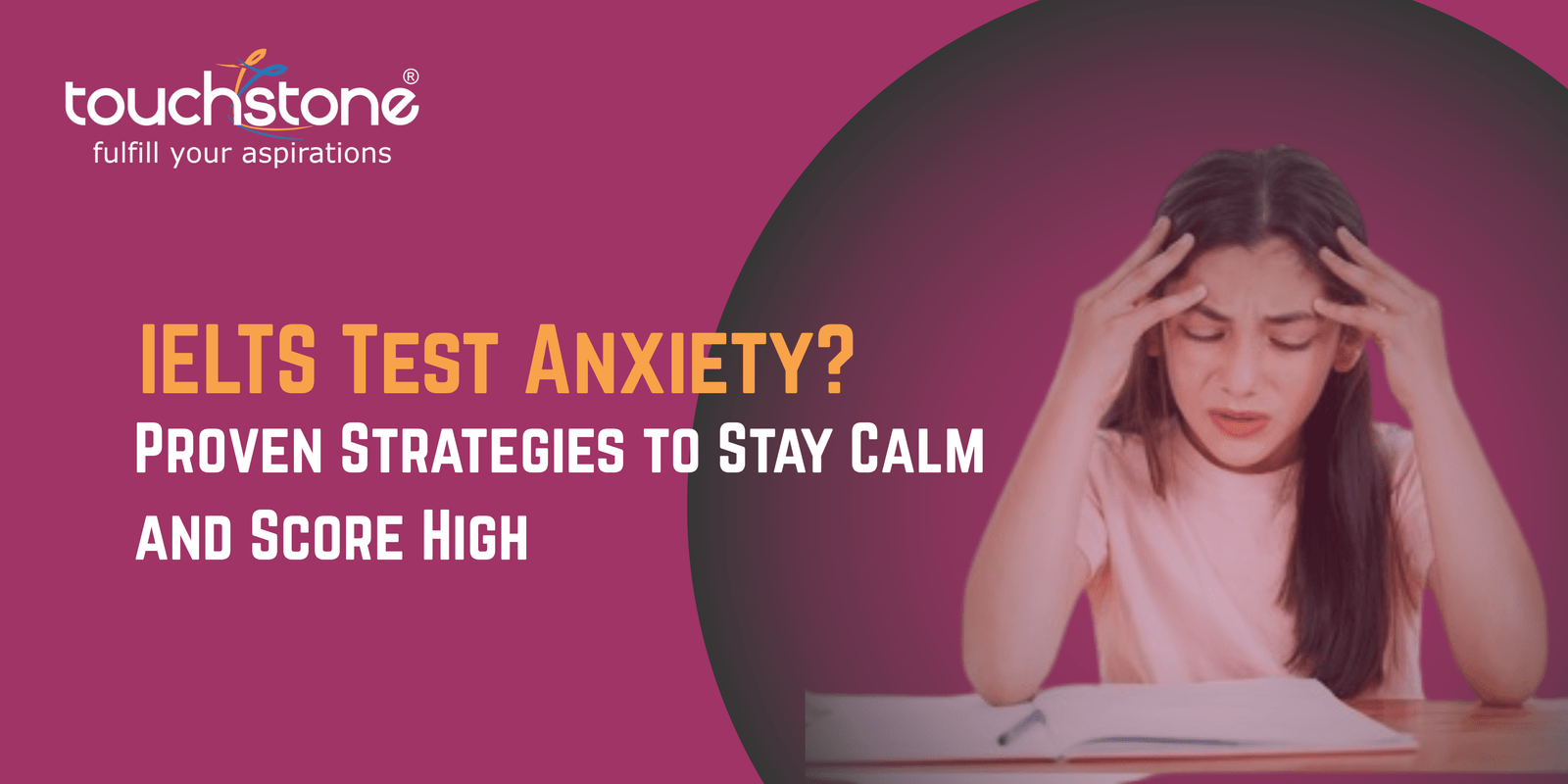Many people opt for the PTE exam instead of IELTS because they want to avoid a one on one spoken interaction that is a necessary component of IELTS. Most people find the idea quite fearful and feel more comfortable attempting the PTE Speaking module, as you just have to record your answers in the system via the microphone provided to you. However, this should not be the only criterion for opting for PTE. It is a good idea to understand the PTE Speaking test structure and make an informed decision.
PTE Speaking Structure
The PTE Academic Speaking section is the very first segment of your test and is divided into five question types. These are:
- Read Aloud: You just read the given text out loud.
- Repeat Sentence: You hear a sentence being spoken and have to repeat it into the microphone.
- Describe Image: An image flashed on to your screen for 25 seconds and you have to say its main features or describe it.
- Re-tell Lecture: You hear a brief lecture and have to restate the lecture in 40 seconds.
- Answer short question: Youhear a quick question and have to answer it in a short, concise manner.
Do’s and Don’ts:
First thing to keep in mind is the position of the microphone. While it should not be too far away from your mouth, remember, it would be equally bad to have it too close. About ¾ or 1 inch distance works the best. Secondly, make sure the microphone catches only your voice and not your neighbor’s. Since the examination hall is divided into open cubes, there is a possibility that a loud neighbour may impact your score. If you feel that may happen, inform the invigilator.
Do not pause for more than 1-2 seconds when giving an answer. After three seconds, the microphone will close and the system will record your answer, or lack of it as the final answer. If you can’t think of anything to say, make sure you use a filler sound, like uhhhh, etc.








